V-ORGANIC Organic Agricultural Cooperative (Quyet Chien Commune, Tan Lac) applies organic farming processes combined with greenhouses to help increase productivity, reduce production costs and increase product traceability.
According to the summary report of 5 years of implementing Project No. 03-DA/TU, dated September 9, 2021 of the Provincial Party Committee Standing Committee on agricultural development, promoting product consumption associated with new rural construction in the period of 2021-2025, the rate of agricultural products applying high technology in Hoa Binh has so far only reached 10-15%, not reaching the 20% mark as set. In the picture of agriculture with increasing requirements for productivity, quality and safety, the modernization process is being held back by inherent barriers: from small-scale production, limited investment capital to the lack of high-tech human resources in rural areas.
In the field of cultivation, farmers in many places have begun to access modern technology. Drones have been used on 832 hectares of rice and 50 hectares of cassava, helping to reduce the amount of pesticides, save labor and limit exposure to toxic chemicals. On over 1,000 hectares of fruit trees and vegetables, drip irrigation and sprinkler irrigation systems have been installed, allowing precise humidity control and saving water resources in the context of climate change. Some localities such as Luong Son, Mai Chau, and Kim Boi have also established models of greenhouses and membrane houses for growing safe vegetables - the first step towards clean agriculture with controlled growing conditions.
"Before, watering the whole field with a bucket or by hand was very tiring. Now with pipes and a drip irrigation system, I have less trouble and the plants still grow well," said Mr. Bui Van Tuan, a farmer in Dong Lai grapefruit area, Tan Lac district.
Not only crops, livestock and aquaculture also have positive movements. More than 70% of small-scale livestock farms have applied automatic feeders and drinkers. Many pig farms have used cold barns and closed barns to control temperature and reduce diseases. In the Da River reservoir, the model of raising specialty fish in cages such as catfish and catfish using clean technology has begun to be applied, combining water quality monitoring and feed control.
For the forestry sector, high technology is not modern machinery, but the mindset of sustainable forest management. The province currently has nearly 24,000 hectares of forest certified by the FSC - a strict international certification issued by the Forest Stewardship Council. "Previously, forests were mainly planted with young wood, which was sold quickly and cheaply. Since following the FSC direction, people have been trained, provided with technical support, and have been able to sell their wood at a higher price. Planted trees are not only for sale, but also to preserve the soil, preserve water, and preserve the forest," said Mr. Bui Van Hiep in Yen Phu commune, Lac Son district.
In addition, the transfer of science and technology has also been promoted. The province has carried out 17 provincial-level research projects; organized hundreds of vocational training courses for farmers in disadvantaged areas, from techniques for growing citrus fruits, clean vegetables, to skills in treating livestock waste using biology. Advances such as IPM, ICM, sugarcane seed production using tissue culture, and digital traceability have gradually come into practice.
These advances are the result of Project No. 03-DA/TU and a signal of an inevitable trend: the agriculture of the future will not only rely on human power and weather, but must operate with data, technology and value chains. The question is how to prevent this initial step from stalling halfway?
The report on the implementation of Project No. 03-DA/TU clearly shows that the rate of agricultural products applying high technology has only reached about 10-15%, lower than the set target of 20%. The reason is that small-scale, fragmented production is still the common situation; lack of financial resources and human resources is the key bottleneck; lack of digital infrastructure and accompanying synchronous services...
Project No. 03-DA/TU has paved the way, but the road ahead requires more efforts from many sides. It is necessary to unblock investment capital; it is necessary to have a synchronous technical support - training - consumption ecosystem; it is necessary to have drastic and seamless participation from the government, enterprises and cooperatives. And above all, it is necessary to change the mindset: from farming to live, to farming to compete and develop sustainably. Because technology, after all, is not something that lies in machines, but in how we change the way we think and work, so that each seed sown in the field is a seed of hope.
Hai Yen
Source: https://baohoabinh.com.vn/12/201539/Nong-nghiep-cong-nghe-cao-co-hoi-lon,-buoc-tien-con-cham.htm


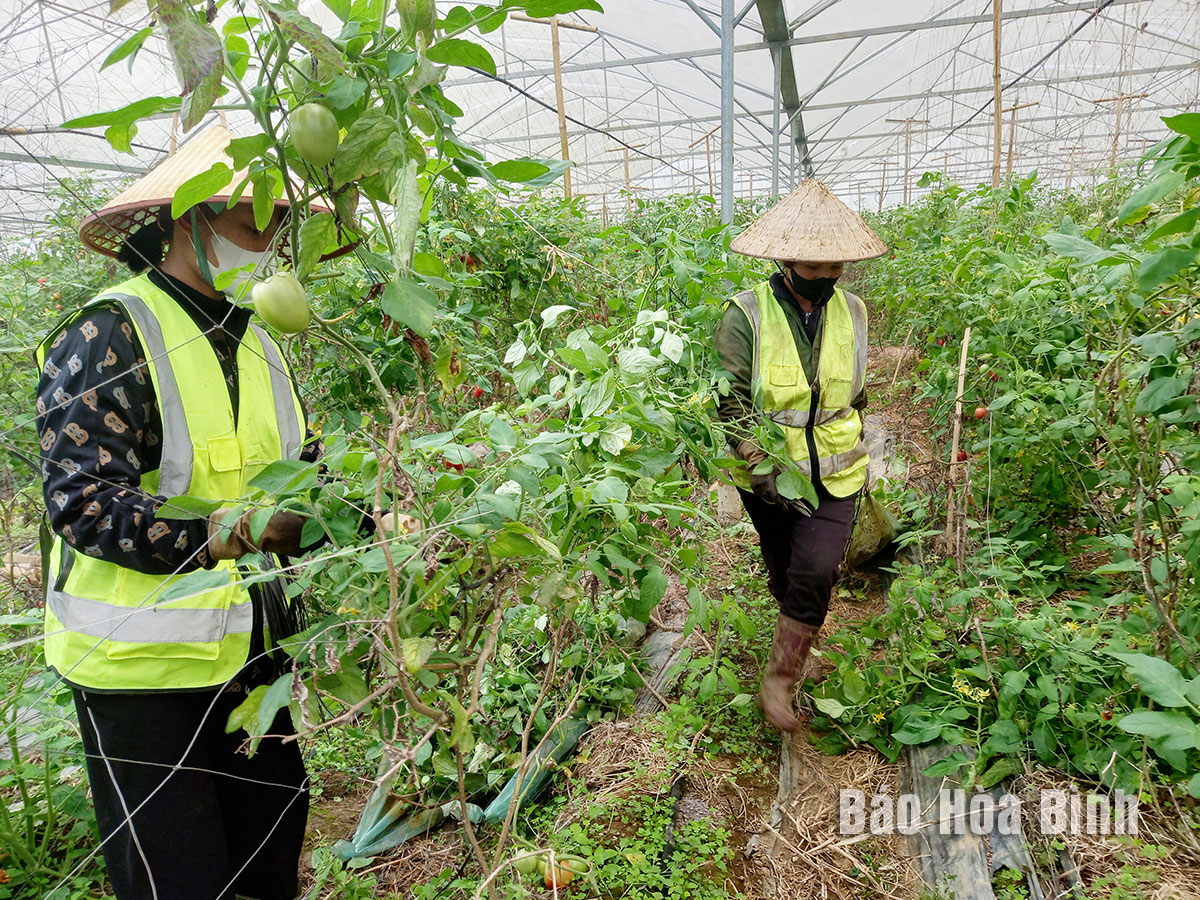
![[Photo] General Secretary To Lam receives Chief of the Central Office of the Lao People's Revolutionary Party](https://vphoto.vietnam.vn/thumb/1200x675/vietnam/resource/IMAGE/2025/5/30/140435f4b39d4599a3d17975dfb444c5)



![[Photo] National Conference "100 years of Vietnamese Revolutionary Press accompanying the glorious cause of the Party and the nation"](https://vphoto.vietnam.vn/thumb/1200x675/vietnam/resource/IMAGE/2025/5/30/1cf6cd5c8a934ebfa347028dcb08358c)

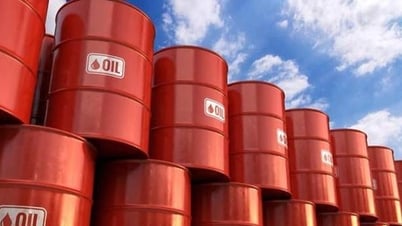

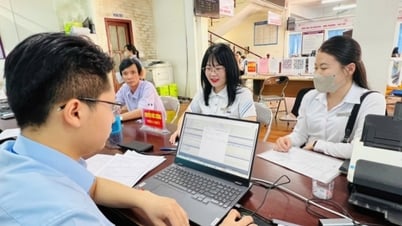

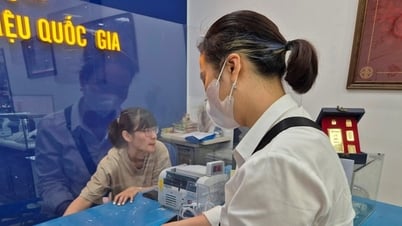
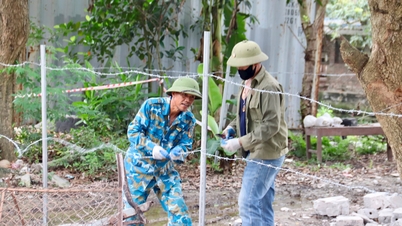



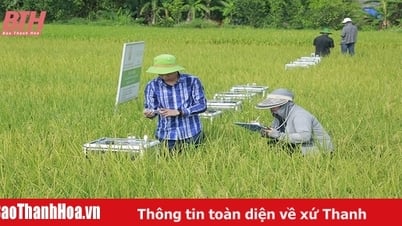






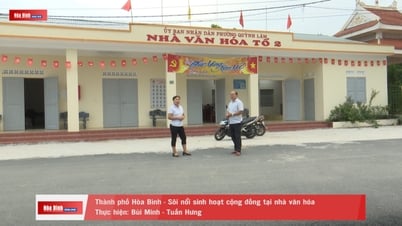
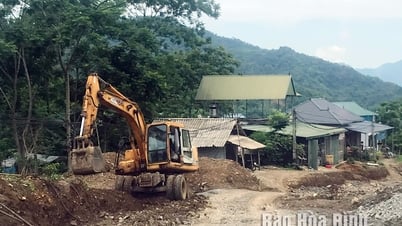
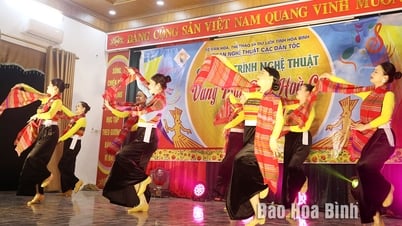
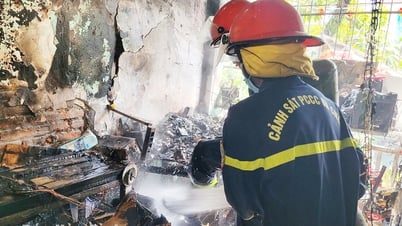
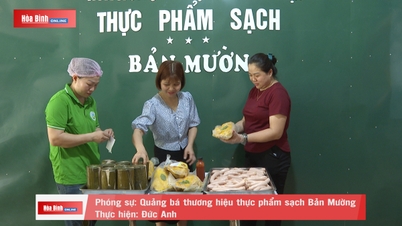
![[Photo] Journalists moved to tears at the Memorial Service for the soldiers who died in Gac Ma](https://vphoto.vietnam.vn/thumb/1200x675/vietnam/resource/IMAGE/2025/5/30/9454613a55c54c16bf8c0efa51883456)


































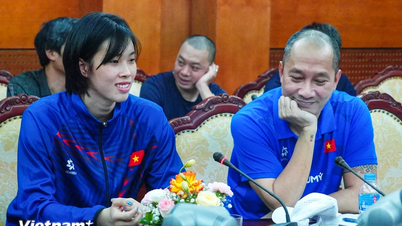









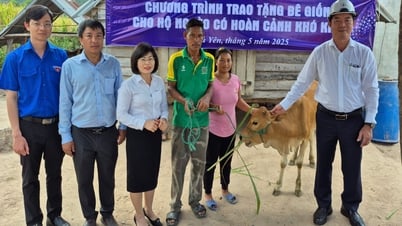

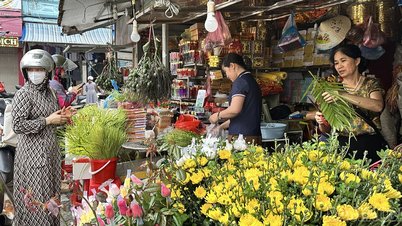

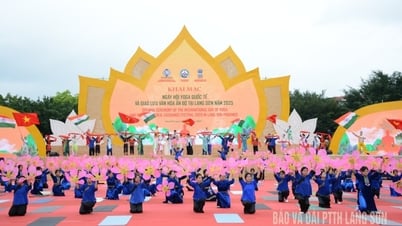

















Comment (0)